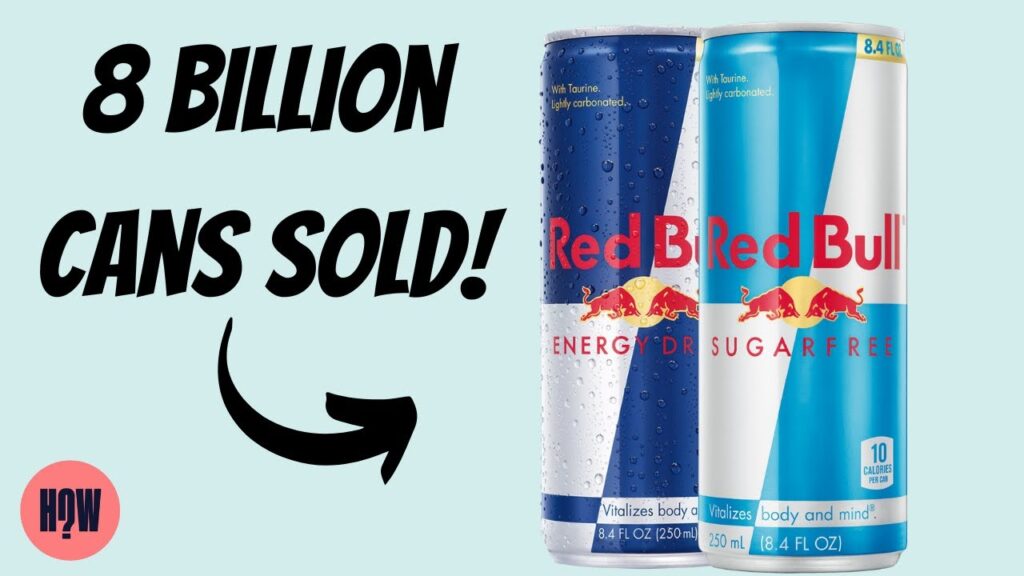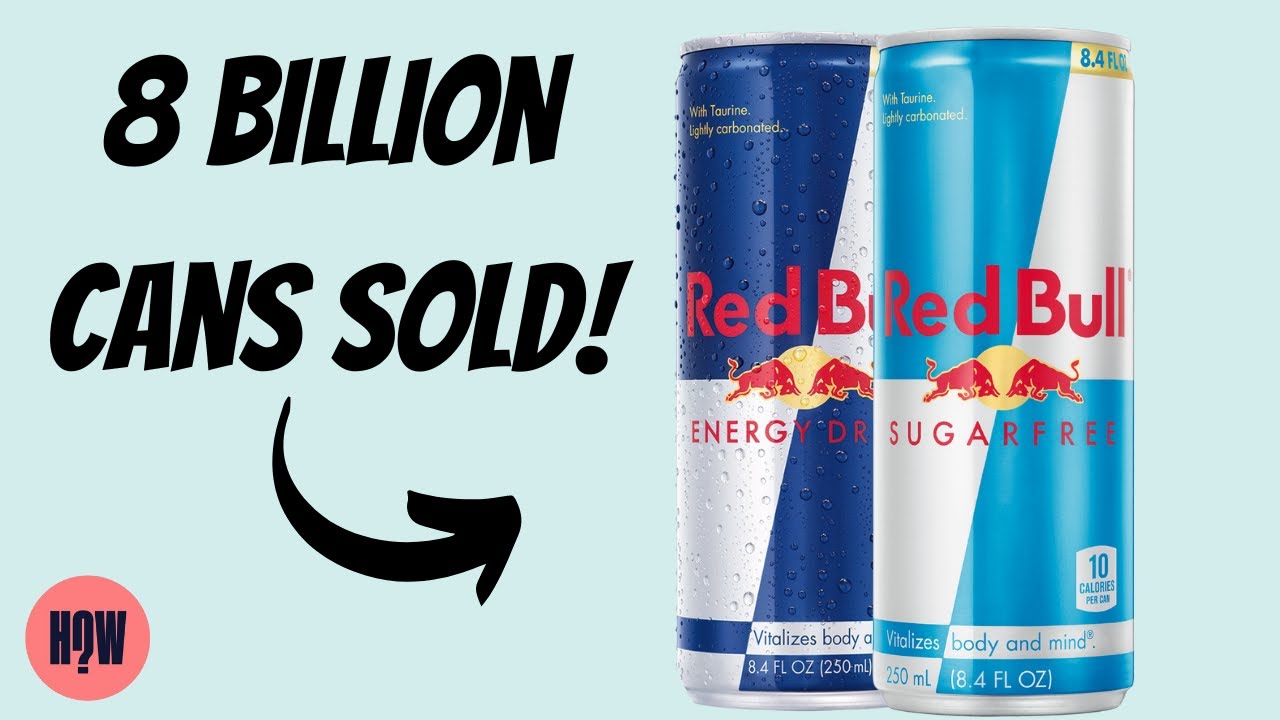
When Was Red Bull Created? The History and Evolution of the Energy Drink Giant
The ubiquitous energy drink, Red Bull, has become a global phenomenon, fueling late-night study sessions, extreme sports adventures, and countless other activities. But when was Red Bull created, and how did it rise to such prominence? Understanding the origins of this beverage provides fascinating insights into marketing genius, cultural trends, and the evolving landscape of the energy drink industry.
The Genesis of Red Bull: A Thai Inspiration
The story of Red Bull begins not in Austria, but in Thailand. In 1976, Chaleo Yoovidhya, a Thai entrepreneur, created a tonic called Krating Daeng, which translates to “Red Bull” in English. This sweet, non-carbonated beverage was initially targeted towards truck drivers and laborers who needed a boost to get through long hours. Krating Daeng contained ingredients like caffeine, sugar, and taurine, all aimed at providing a sustained energy lift.
The Austrian Connection: Dietrich Mateschitz Enters the Picture
The pivotal moment in Red Bull’s history came in 1982 when Dietrich Mateschitz, an Austrian businessman working for Blendax (a German toothpaste company), discovered Krating Daeng during a business trip to Thailand. Mateschitz recognized the potential for this energy-boosting drink in the Western market. He approached Chaleo Yoovidhya with a proposition: to adapt Krating Daeng for international consumption.
The Birth of Red Bull as We Know It: 1987
After years of research and development, Mateschitz and Yoovidhya partnered to launch Red Bull in Austria in 1987. This marked the official creation of the Red Bull energy drink as we know it today. The formula was modified slightly from the original Krating Daeng, becoming carbonated and less sweet to better suit Western palates. The iconic silver and blue can, along with the aggressive marketing strategy, set Red Bull apart from its competitors.
Early Marketing and Brand Building
From the outset, Red Bull focused on building a strong brand identity. Mateschitz understood that the product was more than just an energy drink; it was a lifestyle. The company strategically targeted extreme sports athletes, sponsoring events like snowboarding competitions, Formula One racing, and BMX events. This association with high-energy activities helped to position Red Bull as the drink of choice for those seeking adventure and performance enhancement. The marketing campaigns emphasized the drink’s ability to improve concentration, reaction time, and overall performance.
Expansion and Global Domination
Following its success in Austria, Red Bull expanded into other European markets and eventually made its way to the United States in 1997. The U.S. launch was a resounding success, further solidifying Red Bull’s position as a global leader in the energy drink category. The company continued to invest heavily in marketing and sponsorship, creating a loyal following among consumers worldwide. By the early 2000s, Red Bull was available in over 100 countries, and its sales continued to climb.
The Science Behind Red Bull: Ingredients and Effects
The key ingredients in Red Bull include caffeine, taurine, B-vitamins, sucrose, and glucose. Caffeine, a well-known stimulant, provides alertness and reduces fatigue. Taurine, an amino acid, is believed to have antioxidant properties and may enhance physical performance. B-vitamins play a crucial role in energy metabolism. The combination of these ingredients is designed to provide a quick and sustained energy boost. While Red Bull can improve performance and alertness, it’s important to consume it in moderation due to its high caffeine and sugar content. [See also: Health Risks of Energy Drinks]
Red Bull’s Impact on Culture and Sports
Red Bull’s impact extends far beyond the beverage industry. The company has become a major player in the world of sports and entertainment. Red Bull owns and sponsors numerous sports teams, including Formula One teams, soccer clubs, and extreme sports athletes. These investments have not only raised brand awareness but have also helped to shape the culture of these sports. Red Bull has also created its own events, such as the Red Bull Air Race and the Red Bull Rampage, which showcase the skills of extreme athletes and provide thrilling entertainment for audiences around the world. The brand’s association with cutting-edge events and high-performance individuals has cemented its image as a symbol of energy, innovation, and adventure.
Controversies and Criticisms
Despite its success, Red Bull has faced its share of controversies and criticisms. Concerns have been raised about the potential health risks associated with energy drinks, particularly among young people. The high caffeine and sugar content of Red Bull can lead to side effects such as anxiety, insomnia, and heart palpitations. Some studies have also linked energy drink consumption to more serious health problems, such as cardiac arrest. As a result, Red Bull has faced increased scrutiny from regulatory agencies and health organizations. The company has responded to these concerns by emphasizing the importance of responsible consumption and providing information about the ingredients and effects of its products. [See also: Energy Drink Regulations Worldwide]
Red Bull Today: Innovation and Future Outlook
Today, Red Bull remains the leading energy drink brand in the world. The company continues to innovate and expand its product line, introducing new flavors and variations to cater to different consumer preferences. Red Bull has also ventured into new areas, such as organic energy drinks and functional beverages. The company’s commitment to marketing and sponsorship remains as strong as ever, with ongoing investments in sports, entertainment, and cultural events. Looking ahead, Red Bull faces challenges from competitors and evolving consumer tastes. However, its strong brand identity, innovative products, and strategic marketing approach position it well for continued success in the years to come. The company’s ability to adapt to changing market conditions and maintain its relevance will be crucial in navigating the dynamic landscape of the beverage industry.
Key Takeaways: The Creation and Evolution of Red Bull
- Red Bull was initially inspired by a Thai energy tonic called Krating Daeng, created in 1976.
- Dietrich Mateschitz partnered with Chaleo Yoovidhya to adapt Krating Daeng for the international market.
- Red Bull was officially launched in Austria in 1987.
- Strategic marketing and sponsorship of extreme sports played a key role in Red Bull’s success.
- Red Bull has faced controversies related to the health effects of energy drinks.
- The company continues to innovate and adapt to changing market conditions.
In conclusion, understanding when was Red Bull created reveals a fascinating story of cross-cultural collaboration, innovative marketing, and the rise of a global beverage empire. From its humble beginnings in Thailand to its current status as a leading energy drink brand, Red Bull has left an indelible mark on the world of sports, entertainment, and consumer culture. The story of Red Bull serves as a compelling example of how a well-crafted product, combined with a strategic marketing approach, can transform a simple beverage into a global phenomenon.
